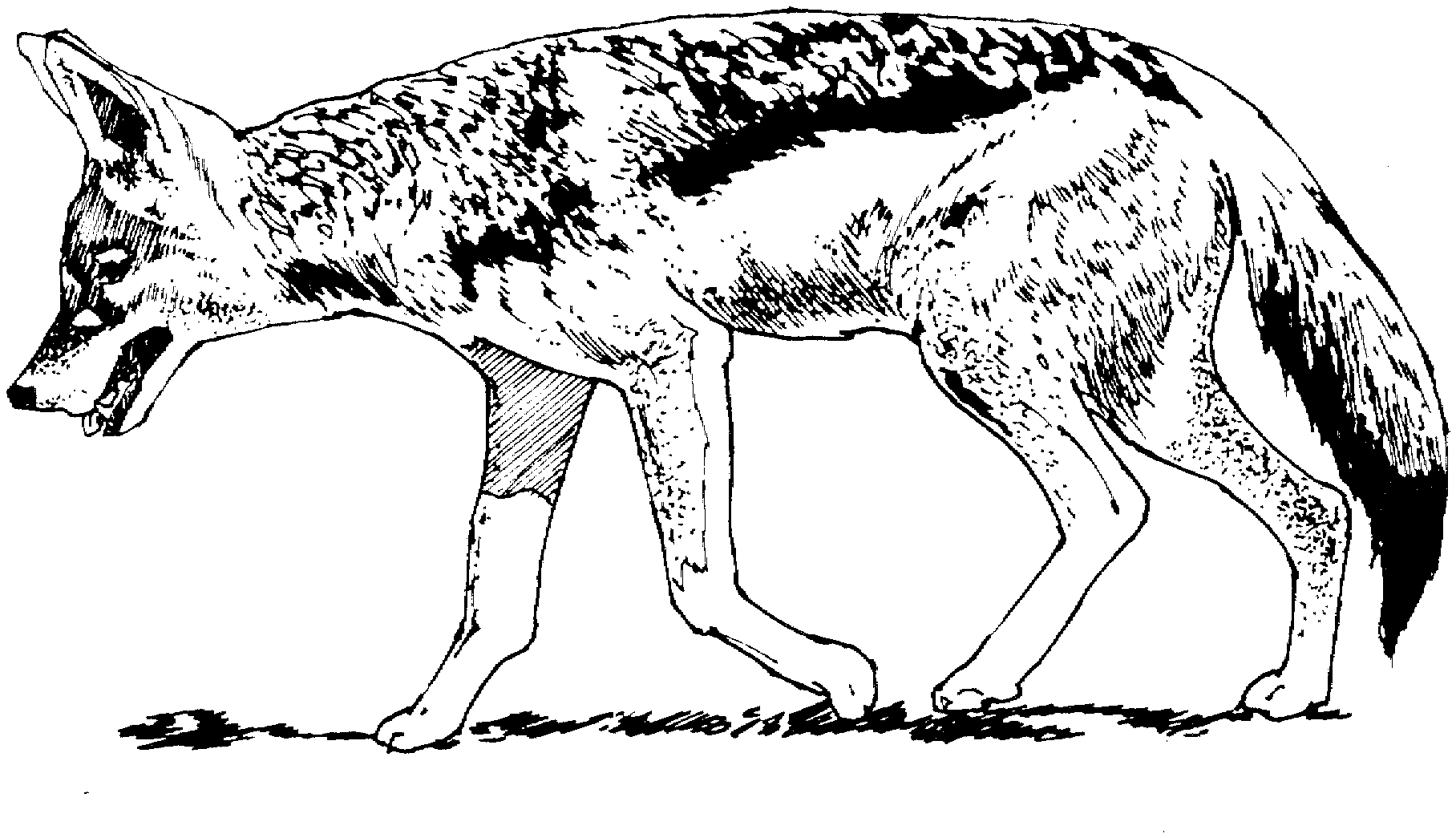Below I have included some great tips from Preventative Vet on how we can all work together toward keeping our pets safe and preventing increased populations of coyotes in the Village of San Leanna. We have had a few coyote sightings and complaints from residents in the last few months so please make sure to take precautions with your pets.
Excerpt from
Keeping coyotes out of neighborhoods requires collaboration to be most effective
Now, to be fair, coyotes are an important part of the ecosystems they inhabit. After all, amongst other things, they help to keep rodent populations in check and have an indirect role in helping to keep native bird populations flourishing. But when you start seeing them in your yard, on your street, or generally in your neighborhood — and definitely when you are followed by one on a walk or if you have pets or small children — it does make one think about their presence just a little bit more!
Fortunately coyotes aren’t typically known to attack people and larger dogs, though it certainly has and does occur… And coyotes do routinely go after cats and smaller dogs….
Attacks and bites wounds aren’t the only danger coyotes pose to your cats and dogs
Coyotes are also susceptible to and can carry/transmit certain infectious diseases that your dogs (and cats, in the case of rabies) can catch. The list includes distemper, hepatitis (liver inflammation), parvovirus, rabies, and others. Coyotes can also be a source of mange (mites), fleas, ticks, intestinal worms, and other parasites that they can pass along to your pets. As you can see, there really are many reasons why you (and your neighbors) should take steps to keep coyotes from getting comfortable in your neighborhood.
How To Keep Coyotes Out of Your Yard & Neighborhood
- NEVER intentionally feed a coyote.
- Don’t keep pet food outside.
- Clean your grill after using, or store it inside your garage when not in use.
- Securely cover your trash and recycling cans. If possible and practical, put your trash out the morning of pick-up, rather than the evening before.
- Don’t add meat, bones, etc., to your compost pile. Ensure your compost bin is tightly and securely covered.
- If you have fruit trees, pick up fallen fruit so as to not let it rot on the ground. Coyotes are very opportunistic feeders.
- Keep cats indoors. Always is safest, but at least between the dusk and dawn hours (when coyotes tend to be most active).
- Don’t leave dogs tied up outside, especially small dogs. But really any dog of any size, when tied up is no match for a coyote and is enticing to them.
- Don’t become indifferent… if you see a coyote in your yard or neighborhood ALWAYS haze them away. Do so completely, and remind your neighbors of the importance of doing the same.
- Be extra vigilant if you or any of your neighbors keep backyard chickens, as the coyotes will be attracted both to the chickens and to the chicken feed. (And to the rodents that will also be attracted to the chickens and their feed!)
-
You can buy and install rollers to the top of your yard fences to help keep coyotes* and other animals out, as well as your dogs and (possibly) cats in. Or you can even make yourself some DIY fence-top rollers. *Note that rollers are less likely to help keep coyotes out of your yard if your fence is shorter than 6 feet tall (see factoid below re: coyotes jumping over 6 foot tall fences).
What To Do If You and Your Dog Are Followed By a Coyote
- Do NOT turn your back to the coyote — do NOT run. (Coyotes can run up to 40 mph over short distances… you won’t outrun them.)
- Put your dog on a leash, if they aren’t already. Do NOT turn your dog loose to go after the coyote.
- Unzip your jacket and hold it wide open or raise your hands above your head and wave them, making yourself appear larger and scarier to the coyote.
- Run towards them and make noise to scare or shoo them away — yell “Go Away Coyote,” shake your keys, clap, etc.
- Throw rocks, branches, or anything else at your disposal toward the coyote to scare them away. Aim for their feet and generally around them, not necessarily directly at them.
- If you live in an area where you know coyotes frequent, you can carry a whistle or fill a soda can with some coins or nuts & bolts. Wrap the entire thing in duct tape and then shake it to use as a noise-maker in the event you encounter a coyote. You can also get mini airhorns that you can carry with you on your walks.
- Consider doing your walks and hikes with a can of pepper spray or a water pistol with vinegar-water in it. You can use either to stop a coyote that gets too close.
- Note: With all noise-making attempts…. filled cans, whistles, airhorns, etc… take care to have your own dog(s) under good leash control so as not to also startle them and have them run off (or after the coyote).
How To Decrease Your Chances of Running Into a Coyote While Walking Your Dog
- See list of tips under “How To Keep Coyotes Out Of Your Neighborhood,” above.
- Wait until the sun comes up to walk your dog, walk your dog before the sun sets in the evening.
- Don’t let your dogs out in the yard without observation before sunrise or after sunset.
- Ensure your dog has a SOLID and RELIABLE recall — for the times when they’re off leash.
- Walk your dog with other people and walk in well-trafficked areas.
- Be aware of the times of year when coyotes are typically more active and bold in your area. Typically prior to, during, and right after their mating season — so often Feb-May, or so.
- Spay and neuter your pets, or keep a very close eye and reliable leash on them. (Unless you want a “Coydog” — see interesting tidbit in list below about coyotes and dogs mating — which is NOT a good idea.)




